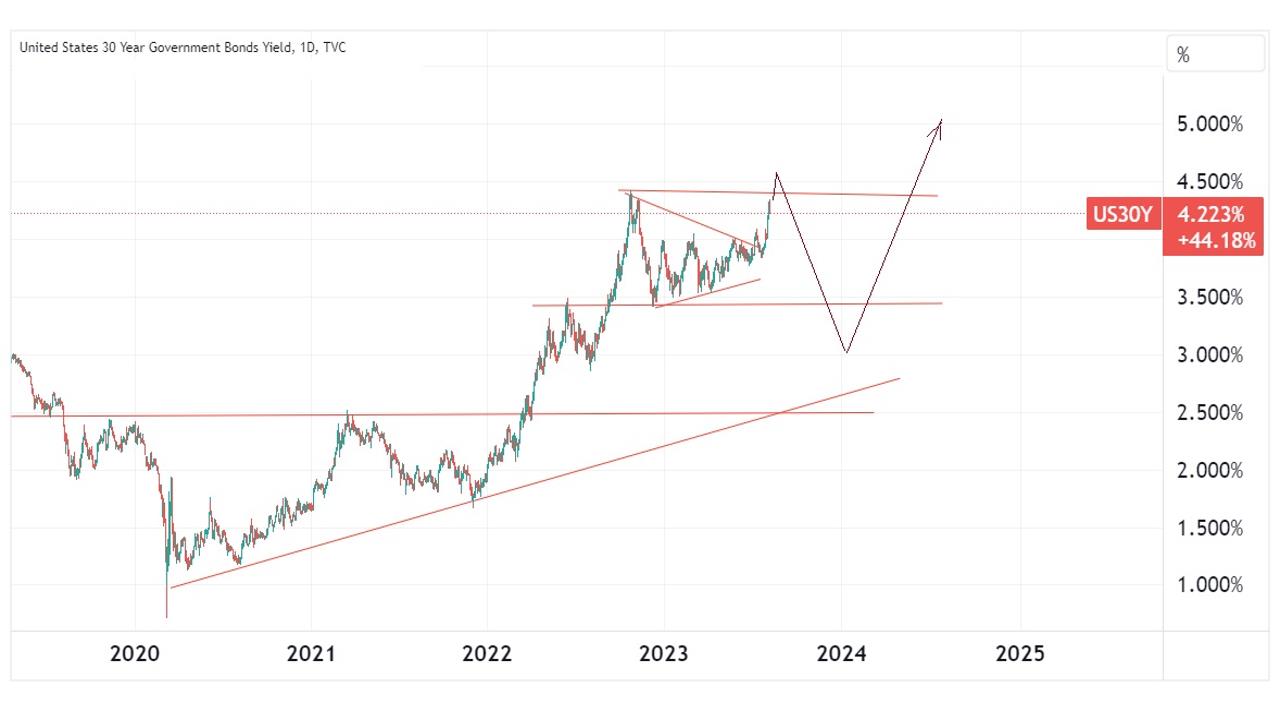Video:
Take our online poll:
AI Analysis:
Job growth in an economy is influenced by several chief motivators that drive businesses and industries to expand their workforce. One significant motivator is an increase in consumer demand. When consumer spending rises, businesses experience higher demand for their products and services, leading them to hire more employees to meet the increased production and service needs. Additionally, rising consumer confidence and disposable income encourage businesses to invest and expand, further stimulating job growth across various sectors.
Another critical motivator for job growth is technological advancement and innovation. As industries adopt new technologies, they often require a skilled workforce to operate, maintain, and develop these technologies. This demand for specialized skills and knowledge drives job creation in fields related to technology, research, and development. Furthermore, advancements in technology can lead to the emergence of entirely new industries, generating employment opportunities in novel areas.
Government policies and incentives also play a vital role in motivating job growth. Policies that foster a business-friendly environment, such as tax incentives, reduced regulatory burdens, and investment in infrastructure, encourage businesses to expand and create jobs. Moreover, targeted government initiatives to support specific sectors or promote small and medium-sized enterprises can contribute to job growth in those areas. Political stability and consistent policies also instill confidence in businesses, making them more likely to invest in workforce expansion and capital projects.
In conclusion, the chief motivators for job growth in an economy revolve around increased consumer demand, technological advancements, and supportive government policies. These factors create a conducive environment for businesses to flourish, leading to the creation of new jobs and contributing to overall economic growth and prosperity. As these motivators align, they stimulate job creation, boost consumer spending, and pave the way for a more robust and dynamic economy.
Chart:

References:


Comments